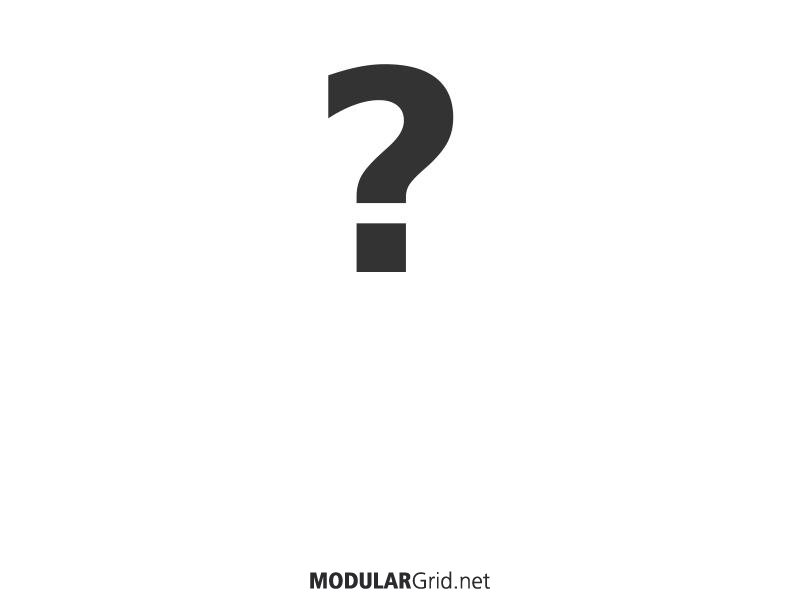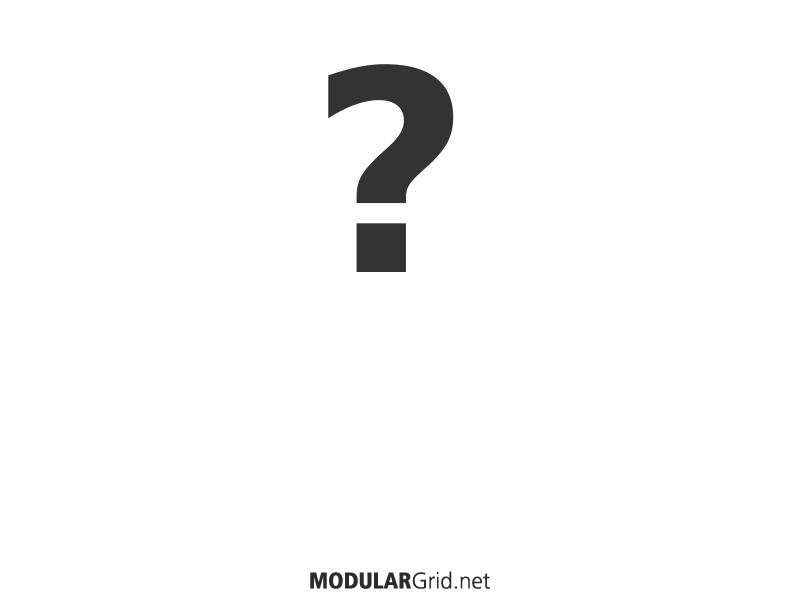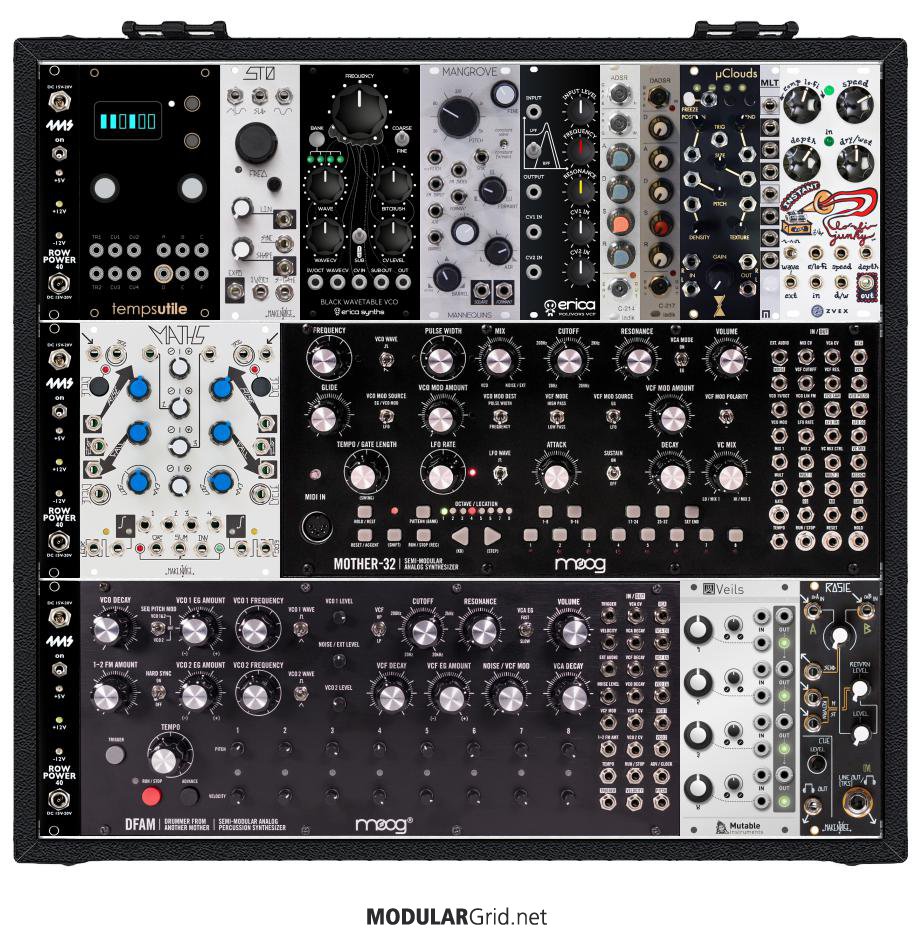There are actually some mixers that can handle the abuse of being fed synth-level signals, amazingly enough. I can do this with my Mackie 1202, but mine's also a rev.1 and I'm not sure about the present VLZ version. However, there have been threads on sites such as Muff Wiggler etc that go into which small outboard mixers can deal with high input levels. The critical key here is to have some sort of input trim control which can back the incoming level sensitivity waaaaaaaay down to regular ol' line level. As for raising the level back up, there's small signal preamps that should be able to accomplish this. But yeah, that signal flow diagram you show above is the right method if you use an outboard mixer with a couple of AUX sends. Just make sure that your AUXes are set PRE-fader so you can cut the Rosie's send fader out to avoid feedback. Having done this, then send your stereo (or mono) effect outs back into the mixer's line inputs to create an effects mix to go to the Rosie stereo return.
Another method would be to put together some tiles in one of Syinsi's 12-tile minicabs, with their Pedal I/O tiles doing the heavy lifting and some additional tiles to allow splitting/mixing of effect signals, maybe even a couple of LFOs and VCAs to do some audio modulation. Either way, what you want to do here is to take the Rosie's mono send, find a way to split it amongst a few effects, then some method of mixing the effect-outs back in a desired configuration in stereo to go back to the Rosie's stereo return. If using this route, a simple buffered mult tile can split the single send into three mono signals, then these would go to three effect I/O tiles. The returns from the effects can go back to these if they're mono, but if they're stereo you'll need three more effect I/Os to reboost. Mono: use a single three or four channel mixer to combine the effects for the Rosie's FX return; stereo: use two, same idea.
See, this is the neat thing about modular: the 'instrument' doesn't have to end at the edges of the case. In theory, if you have enough interconnectivity, the whole STUDIO may as well be considered an 'instrument', given a certain degree of ingenuity.




